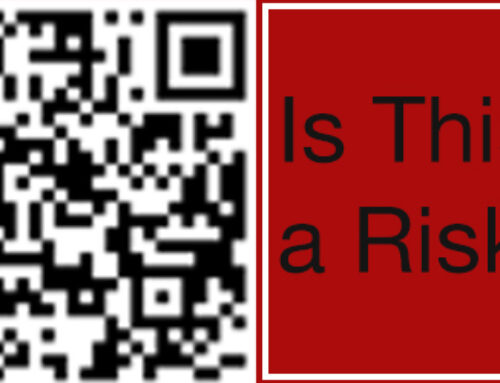Skyline IT Services strives to protect our clients from unnecessary exposures. We provide our clients with tools designed to reduce exposure such as network firewalls, security software, 24 hour monitoring and backup solutions. Additionally we offer safeguard tips such as this article designed to educate our clients and associates how to identify potential threats and to increase awareness.
What is Phishing?
Phishing is a scam designed to lure unsuspecting victims into disclosing personal information. Scammers use the information to steal money and perform other criminal activity. Phishing takes the shape of a familiar email addresses, deceptive links, and fake websites.
How to Avoid the Hook, things to watch for:
Misspelling or poor grammar – This is a common practice used to get a scam email through a spam filter. Also it is very common for scammer to send an email item which mirrors a similar vendor name with one small variance in spelling. The scammers are banking that you will not notice the slight difference.
Urgent language – Be leery of any urgent email with threats that action must be taken to protect your security; commonly posing as a banking institution. Rather than click on the links, go directly to your banking site to log in to verify account information and activity.
Prizes or special deals – There are various scams out there taking advantage of our desire to save money or win fabulous prizes. Online deals and offers delivered via email have been increasingly popular. Only click on links from promotional vendors you have specifically subscribed to and have researched their credibility.
Unusual file attachments – Malware is often embedded in email as attachments, .zip, exe, html. Incoming emails from unfamiliar parties should always be handled with care and caution. If you receive something you were not expecting and you think it might be something you should open, contact the person or organization first and confirm they actually sent it.
Links pointing to a completely different website – A common practice among scammers is to direct you to a fake website. The site may look and feel legitimate which allows them to catch unsuspecting victims. As a practice, always move your cursor over the hyperlink to check the true destination. Be cautious of addresses displayed as just numbers or an organization’s name followed by a hyphen.
Conflicting URLS – The address is the most important part of a URL. Inspect the address thoroughly. The URL begins after the :// and ends before the first forward slash.
While the techniques used by scammers to access information are constantly changing, this article highlights some of the frequently used methods. We hope this article provides some helpful tips on how to identify Phishing and how to avoid getting hooked. For more helpful tips connect to Skyline IT Services’ Facebook, Twitter and Google+ accounts to get the Skyline Bits and Bytes Alerts.



